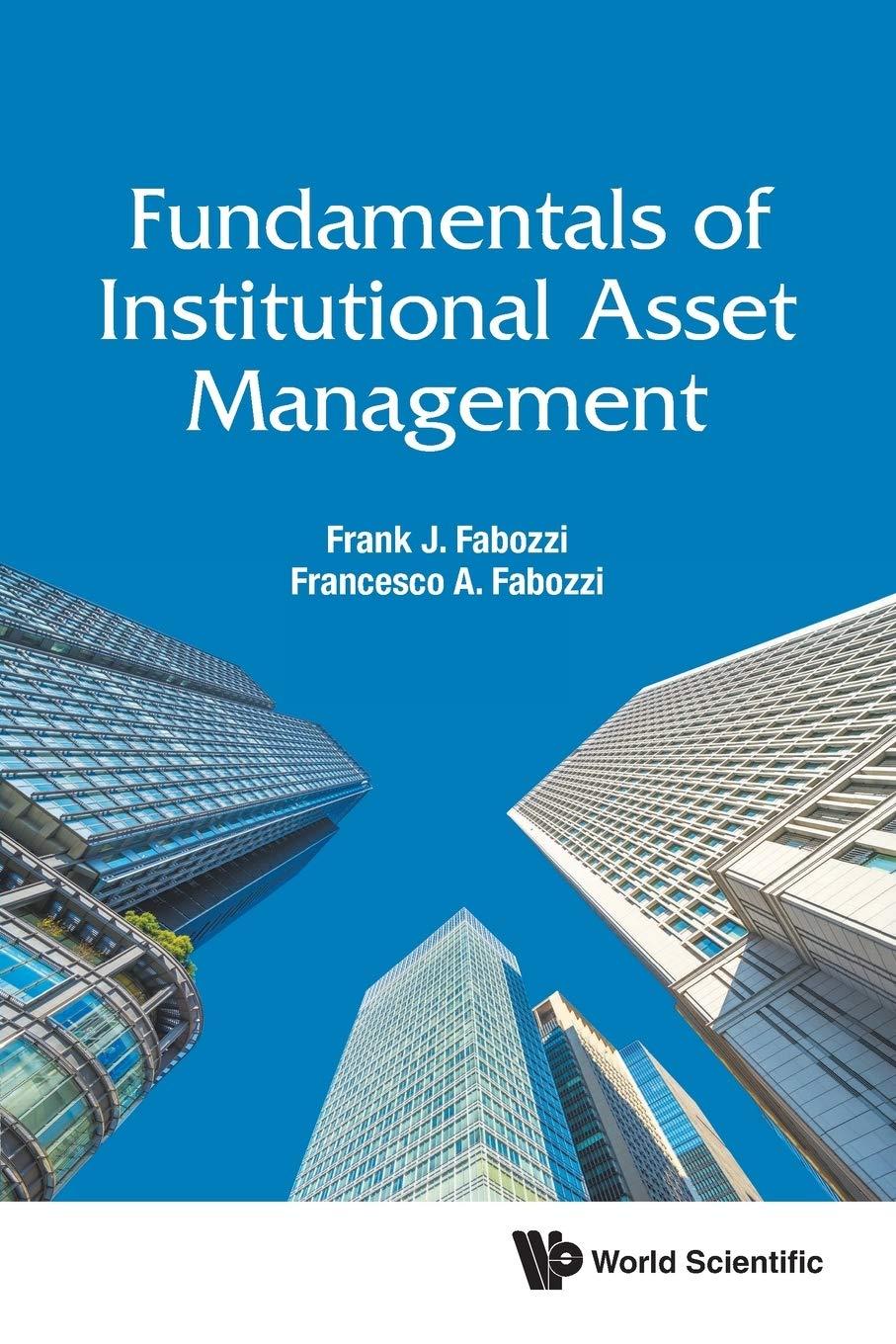Answered step by step
Verified Expert Solution
Question
1 Approved Answer
* * Case Study: Building Energy Retrofit Financing * * * * Introduction: * * Building energy retrofitting involves the renovation of existing buildings to
Case Study: Building Energy Retrofit Financing
Introduction:
Building energy retrofitting involves the renovation of existing buildings to improve energy efficiency, reduce energy consumption, and lower greenhouse gas emissions. While retrofitting projects offer significant environmental and economic benefits, financing these initiatives can be a major challenge for building owners and managers. In this case study, we'll explore the various financing options available for building energy retrofits and their implications.
Background:
Many existing buildings suffer from inefficiencies in heating, cooling, lighting, and insulation, resulting in excessive energy consumption and high operating costs. Retrofitting these buildings with energyefficient technologies and systems can yield substantial energy savings and environmental benefits. However, the upfront costs of retrofit projects can be prohibitive, making it difficult for building owners to undertake these initiatives without adequate financing.
Financing Options:
Energy Performance Contracts EPCs: EPCs are agreements between building owners and energy service companies ESCOs where the ESCO finances, designs, and implements energy retrofit projects. The ESCO guarantees energy savings over a specified period, and the cost of the project is repaid through the savings achieved.
OnBill Financing OBF: OBF programs allow building owners to finance energy retrofit projects through their utility bills. The utility provides upfront funding for the retrofit, and the building owner repays the investment over time through a surcharge on their utility bills. OBF programs often offer attractive terms and lowinterest rates.
Property Assessed Clean Energy PACE Financing: PACE programs enable building owners to finance energy retrofit projects through a special assessment on their property tax bill. The financing is secured by a lien on the property, and repayment occurs over a longterm period, typically years. PACE financing is attractive because it requires no upfront capital and transfers with the property if it is sold.
Revolving Loan Funds RLFs: RLFs are funds established by governments or organizations to provide lowinterest loans for energy retrofit projects. Building owners can borrow from the fund to finance retrofits and repay the loan over time. As the loans are repaid, the funds are replenished and made available for future projects.
Case Study Question:
Which financing option for building energy retrofits involves a thirdparty contractor guaranteeing energy savings over a specified period?
A OnBill Financing OBF
B Property Assessed Clean Energy PACE Financing
C Energy Performance Contracts EPCs
D Revolving Loan Funds RLFs
Step by Step Solution
There are 3 Steps involved in it
Step: 1

Get Instant Access to Expert-Tailored Solutions
See step-by-step solutions with expert insights and AI powered tools for academic success
Step: 2

Step: 3

Ace Your Homework with AI
Get the answers you need in no time with our AI-driven, step-by-step assistance
Get Started


